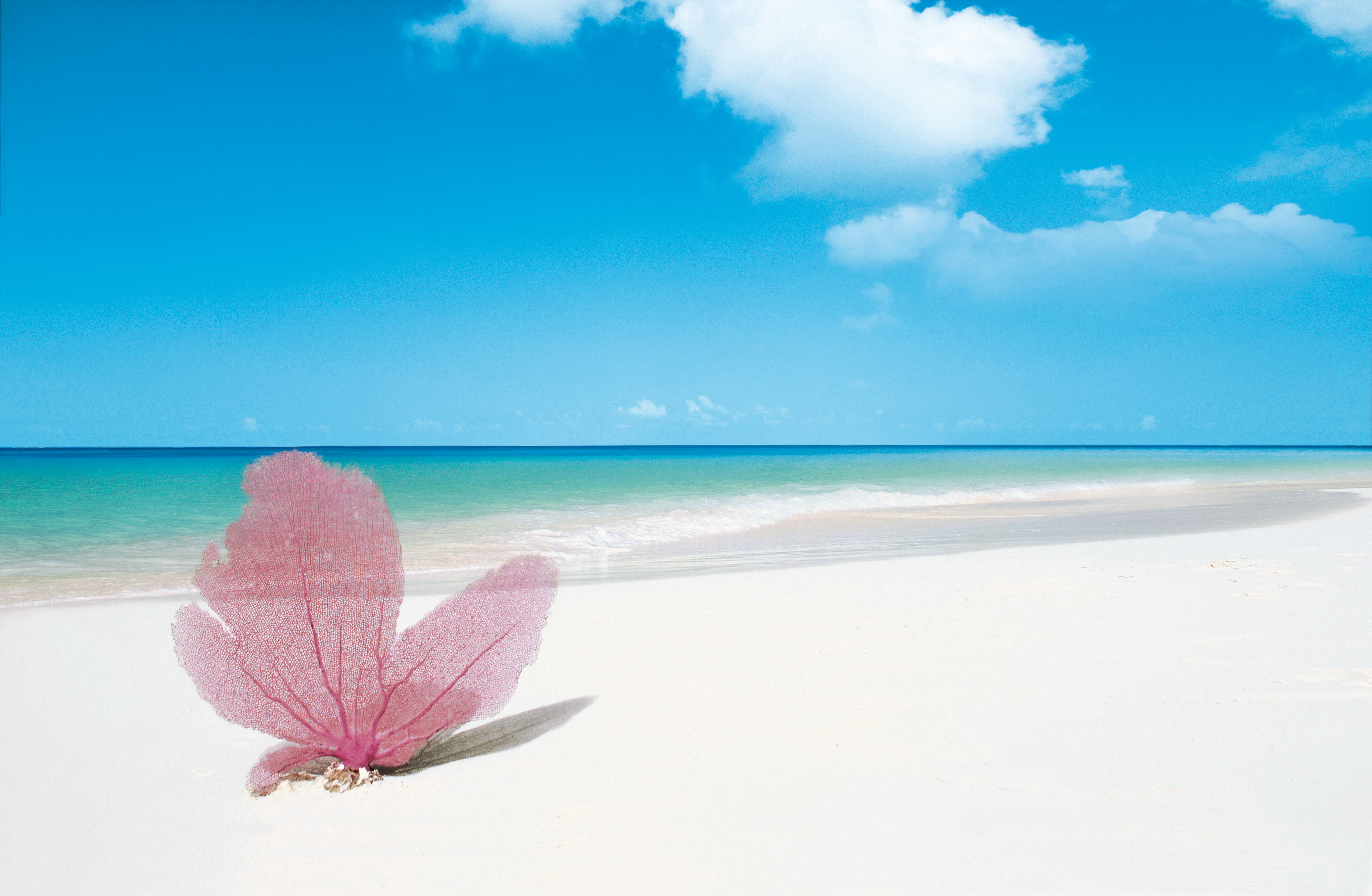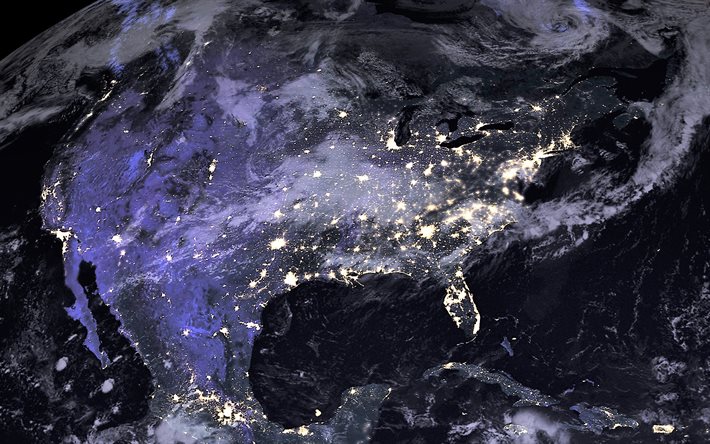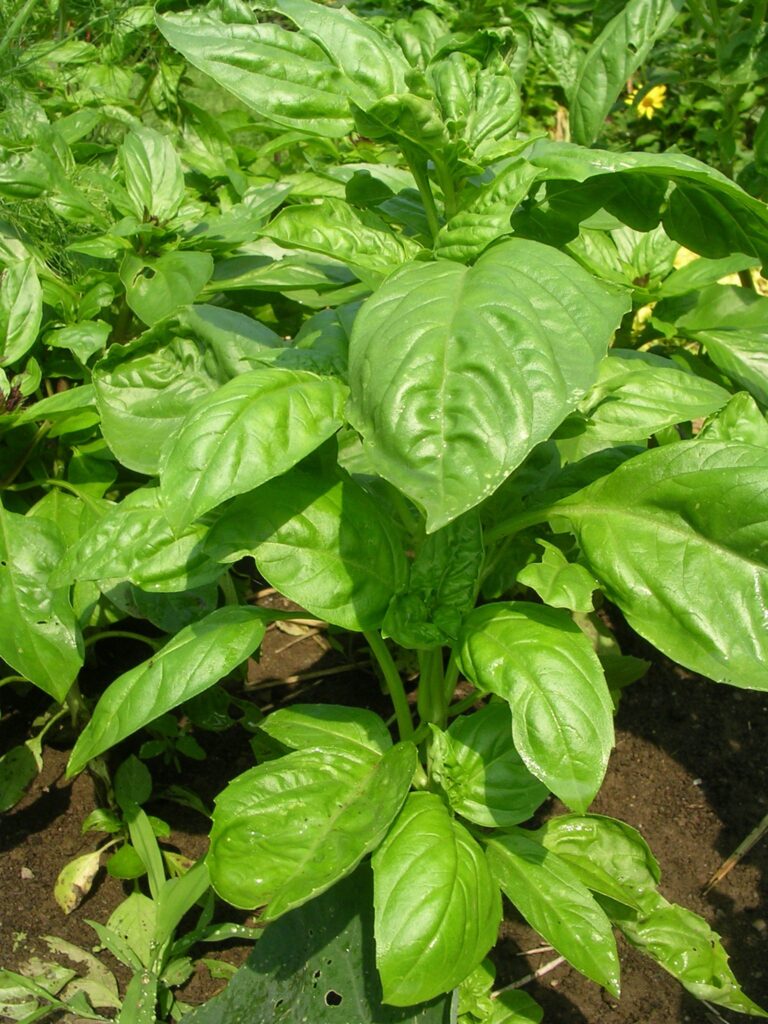Animals in cuba information
Home » Trend » Animals in cuba informationYour Animals in cuba images are available in this site. Animals in cuba are a topic that is being searched for and liked by netizens today. You can Get the Animals in cuba files here. Get all royalty-free images.
If you’re looking for animals in cuba pictures information connected with to the animals in cuba topic, you have pay a visit to the ideal site. Our site frequently provides you with hints for seeking the maximum quality video and image content, please kindly search and locate more informative video content and graphics that fit your interests.
Animals In Cuba. These animals, brought over as domestic animals or stowaways on the frequently ported ships throughout colonization, threaten the island’s susceptible ecosystem. A 2012 study found that cuba’s bee hummingbirds—the smallest birds in the world, which live only on the island—visited just 10 species of flowers looking for a nectar meal. The almiqui is a primitive insectivorous terrestrial mammal inhabiting only the forested regions of eastern cuba like baracoa. They dine on fish, turtles and other small creatures.
 Death Match Tarantula vs. Wasp IFLScience From iflscience.com
Death Match Tarantula vs. Wasp IFLScience From iflscience.com
While similar giant sloths went extinct about 11,000 years ago in north and south america, radiocarbon dating shows that megalocnus survived in the forests of cuba until just a few thousand years ago, long after its counterparts on the mainland were wiped out. The almiqui is a primitive insectivorous terrestrial mammal inhabiting only the forested regions of eastern cuba like baracoa. It is important to note that crocodiles like rivers, swamps, and other highly saturated areas. Many of these animals are threatened by loss of habitat and hunting. Cuba doesn’t have a lot of large mammals or a lot of predators that are mammals. It can grow to be about 60 cm in length.
Cuba doesn’t have a lot of large mammals or a lot of predators that are mammals.
5 most dangerous animals in cuba mosquito and dengue virus. While similar giant sloths went extinct about 11,000 years ago in north and south america, radiocarbon dating shows that megalocnus survived in the forests of cuba until just a few thousand years ago, long after its counterparts on the mainland were wiped out. Animals that live in cuba. Cuba was also home to megalocnus rodens, a giant ground sloth. You will not find crocodiles attacking humans unless they are provoked or hungry. They dine on fish, turtles and other small creatures.
 Source: popsci.com
Source: popsci.com
This animal is in danger of extinction due to its small population and low reproduction rate. This animal is an omnivore and is known to eat fruits, leaves, small reptiles, and small mammals. The cuban hutia, otherwise known as desmarest’s hutia, is the largest endemic land mammal in cuba. It includes 27 reptiles and 55 amphibians that are critically endangered. This list includes both native and introduced (i) species.
 Source: iflscience.com
Source: iflscience.com
It is important to note that crocodiles like rivers, swamps, and other highly saturated areas. This animal is an omnivore and is known to eat fruits, leaves, small reptiles, and small mammals. Its particularity lies in its poisonous bite. These animals, brought over as domestic animals or stowaways on the frequently ported ships throughout colonization, threaten the island’s susceptible ecosystem. You will not find crocodiles attacking humans unless they are provoked or hungry.
 Source: gardeningwithcharlie.com
Source: gardeningwithcharlie.com
This is a list of amphibians and reptiles in the archipelago of cuba. Its ecosystem is incredibly diverse, full of endemic flora and fauna across the shorelines, mangroves, and forests. A 2012 study found that cuba’s bee hummingbirds—the smallest birds in the world, which live only on the island—visited just 10 species of flowers looking for a nectar meal. They dine on fish, turtles and other small creatures. The wet season in cuba runs from may to october, and it.
 Source: wallpapershome.com
Source: wallpapershome.com
Today, cuba’s giant animals include the. Cuba was also home to megalocnus rodens, a giant ground sloth. While similar giant sloths went extinct about 11,000 years ago in north and south america, radiocarbon dating shows that megalocnus survived in the forests of cuba until just a few thousand years ago, long after its counterparts on the mainland were wiped out. Some of the animal species in the nation include the likes of the cuban treefrog, the spinner dolphin, the cuban ground iguana, and many more. Cuba doesn’t have a lot of large mammals or a lot of predators that are mammals.
![CDJapan Animals [Cardboard Sleeve (mini LP)] Source: cdjapan.co.jp
These animals, brought over as domestic animals or stowaways on the frequently ported ships throughout colonization, threaten the island’s susceptible ecosystem. On cuba, as on other islands, endemic plants and animals can evolve in parallel and play a major role in one another’s life cycles. While similar giant sloths went extinct about 11,000 years ago in north and south america, radiocarbon dating shows that megalocnus survived in the forests of cuba until just a few thousand years ago, long after its counterparts on the mainland were wiped out. Cuba doesn’t have a lot of large mammals or a lot of predators that are mammals. It is important to note that crocodiles like rivers, swamps, and other highly saturated areas.
 Source: besthqwallpapers.com
Source: besthqwallpapers.com
The wet season in cuba runs from may to october, and it. The cuban hutia, otherwise known as desmarest’s hutia, is the largest endemic land mammal in cuba. The almiqui is a primitive insectivorous terrestrial mammal inhabiting only the forested regions of eastern cuba like baracoa. This is a list of amphibians and reptiles in the archipelago of cuba. They dine on fish, turtles and other small creatures.
 Source: worldinsidepictures.com
Source: worldinsidepictures.com
A list of animals that are native to cuba including the spinner dolphin, cuban finch, and cuban treefrog. Cuba doesn’t have a lot of large mammals or a lot of predators that are mammals. Cuba doesn’t have a lot of large mammals or a lot of predators that are mammals. You will not find crocodiles attacking humans unless they are provoked or hungry. This is a list of amphibians and reptiles in the archipelago of cuba.
 Source: gardeningwithcharlie.com
Source: gardeningwithcharlie.com
Animals that live in cuba. It includes 27 reptiles and 55 amphibians that are critically endangered. Cuban crocodile can be found in the northwestern regions of the country and on the isla de la juventud, cuba�s second largest island. Animals that live in cuba. On cuba, as on other islands, endemic plants and animals can evolve in parallel and play a major role in one another’s life cycles.
 Source: cubaunbound.com
Source: cubaunbound.com
Crocodiles are native animals in cuba, and you will find them in different parts of the country. This is a list of amphibians and reptiles in the archipelago of cuba. A 2012 study found that cuba’s bee hummingbirds—the smallest birds in the world, which live only on the island—visited just 10 species of flowers looking for a nectar meal. Its ecosystem is incredibly diverse, full of endemic flora and fauna across the shorelines, mangroves, and forests. Today, cuba’s giant animals include the.
This site is an open community for users to submit their favorite wallpapers on the internet, all images or pictures in this website are for personal wallpaper use only, it is stricly prohibited to use this wallpaper for commercial purposes, if you are the author and find this image is shared without your permission, please kindly raise a DMCA report to Us.
If you find this site convienient, please support us by sharing this posts to your preference social media accounts like Facebook, Instagram and so on or you can also bookmark this blog page with the title animals in cuba by using Ctrl + D for devices a laptop with a Windows operating system or Command + D for laptops with an Apple operating system. If you use a smartphone, you can also use the drawer menu of the browser you are using. Whether it’s a Windows, Mac, iOS or Android operating system, you will still be able to bookmark this website.
Category
Related By Category
- Animal magic information
- Animal free shoes information
- Amazon prime anime information
- Anime awards 2017 information
- Animal crossing amiibo cards new horizons information
- Animal with i information
- 3d animation art styles information
- Animal crossing mole information
- Animated shakespeare information
- Animal kingdom tnt wiki information